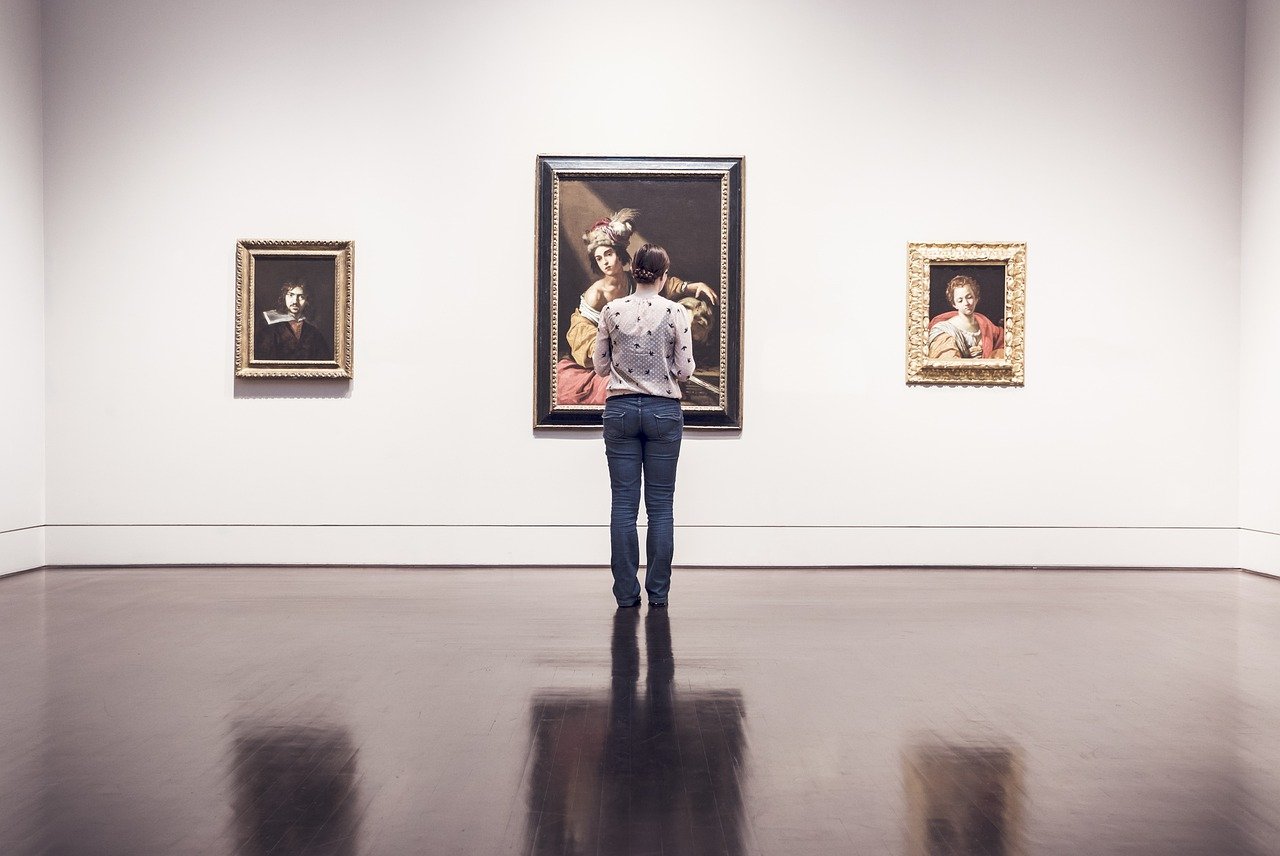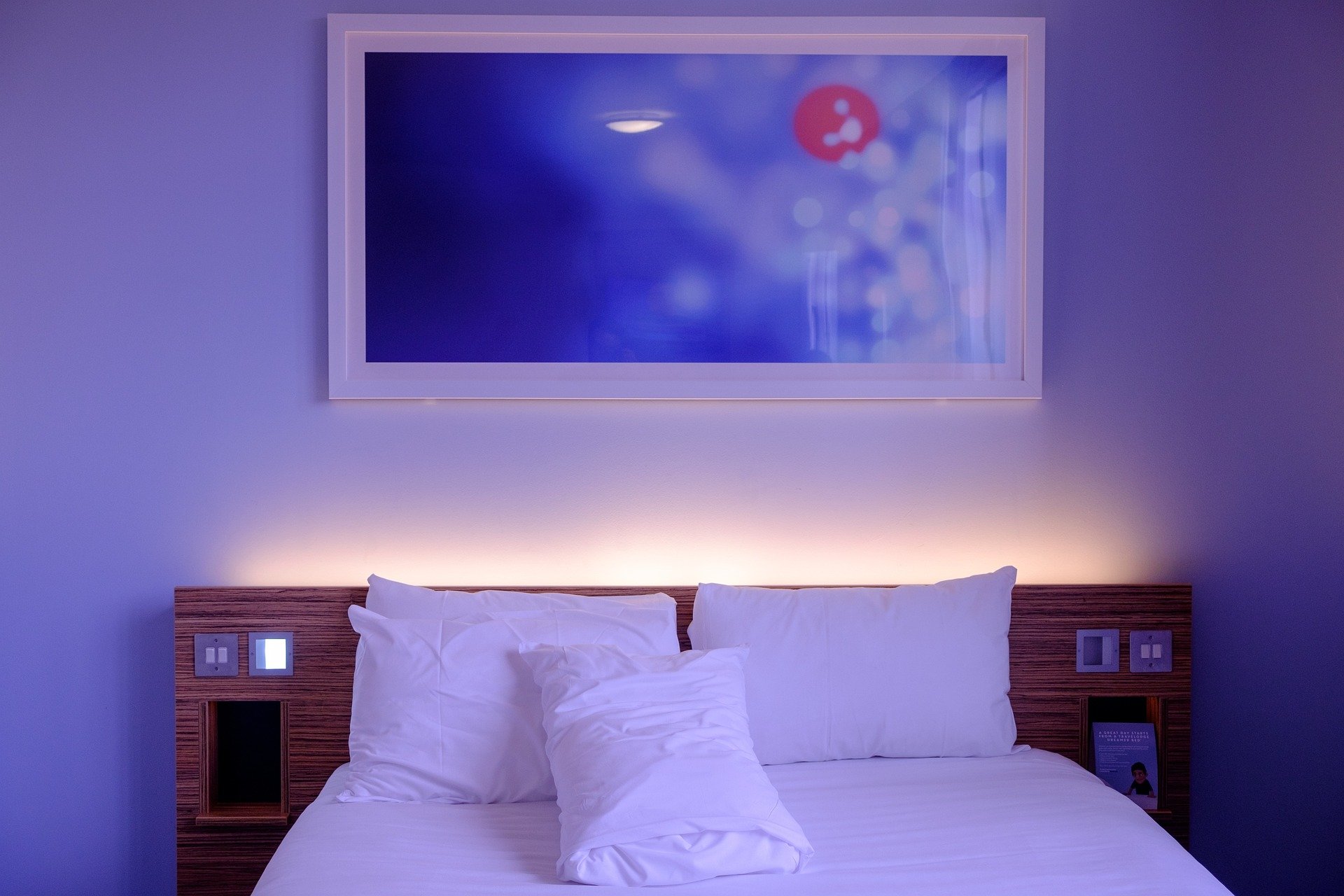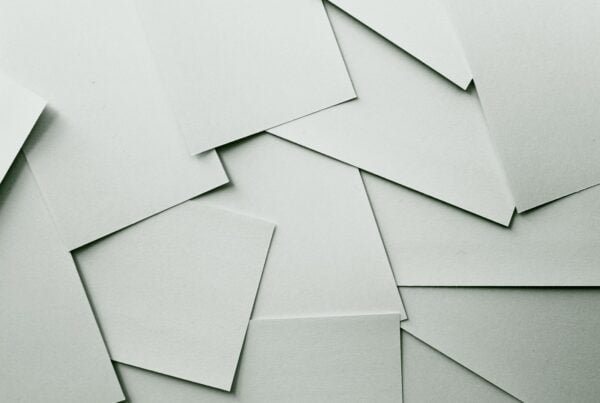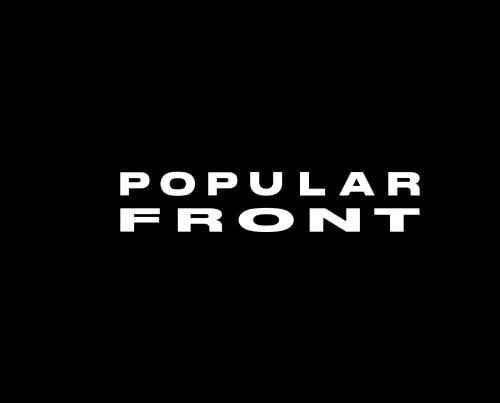Art can play an incredibly important role in how your home looks and feels. Whether you want to check custom poster printing for a personalised poster, delving into printing on different materials for a unique touch, or looking to print your own artwork to hang up, these choices offer stunning ways to infuse personality and color into your home.
But one of the most underrated parts about art as a whole is the type of paper the art is printed on. It changes how the art looks, how it feels, how expensive it is, and how well it stands the test of time.
Two of the most popular paper types for printing are photo paper and art paper. But how do you choose which is right? Well, that’s exactly what this article is going to take a closer look at. Read on to learn more about choosing the best print paper type for your needs.
Table of Contents
What is Photo Paper?
Photo paper is a smooth and bright paper type that is traditionally coated with a chemical formula that is light-sensitive. The colours on photo paper look very rich and bright, and there will often be a glossy finish when using photo paper.
Some types of photo paper can have a lot of gloss and shine, while others will be semi-matte in how they look. Photo paper is generally better for photos or artwork that is very text-heavy, but is often used for a variety of general uses, too.
What are the Benefits and Drawbacks of Photo Paper?
Now that you know a bit about photo paper, let’s take a closer look at the benefits and drawbacks associated with printing on this type of paper.
Benefits
- Bright and rich colours – Photo paper often provides incredibly bright and rich colours in your art. It can enhance colours and make them more vibrant, which can be incredibly eye-catching. Highlights and shadows also look great with this type of paper.
- Affordability – Another benefit is that photo paper is affordable when compared to art paper. The process to make it is simpler, they require less ink in many cases, and photo paper is readily available and won’t be difficult to find.
- Better definition and clarity – Images on photo paper generally feature better definition and clarity. Colours and borders won’t blend and the photo paper will retain all important lines and borders to keep things looking as sharp as possible. This is one of the main reasons why it is preferred for artwork or photos with text, to ensure they are still as legible as possible.
Drawbacks
- Glare and reflection – While the shine and sheen on photo paper can look good in some situations, it can also lead to reflections and glare. Trying to view the paper in some types of light can be challenging and you may need to reposition yourself or the photo to see it well. This can be especially true if you put photo paper in a frame behind glass. You want to make an effort to choose a frame with anti-glare glass if you decide to go this route.
- Fingerprints – While photo paper is relatively resilient, one problem it can have is with fingerprints. If you touch photo paper, it will often show fingerprints which can take away from the image on the paper. Not only can this look bad, but if you’re not careful you could damage the print.
What is Art Paper?
Art paper is a thicker type of paper made from natural materials, such as cotton (click here to learn more about what goes into art paper). Art paper will be matte in most cases, and won’t normally feature any gloss. Art paper is generally warmer than photo paper, won’t be quite as white, and is textured or semi-smooth.
This type of paper absorbs ink very well and is often the preferred choice for art that is on exhibition, due to how professional it looks. Art paper is a common choice for landscapes, designs, or digital graphics.
What are the Benefits and Drawbacks of Art Paper?
Here are a few of the common benefits and drawbacks of using art paper for printing.
Benefits
- Adds depth and texture – Art paper can often help your prints look elegant as the textured-looking surface can add depth to images. It can help bring your print to life and often provide a more interesting viewing experience. It may not always be noticed with a quick glance, but the longer you look the more you will see and appreciate the details.
- Durability – Art paper is designed to last a while and is often acid-free and won’t use the chemicals that other types of paper might. This, plus the better build quality and thickness, can help art paper last decades if treated well. You also won’t need to worry about fingerprints as much as you will with other types of paper.
- No glare or reflection problems – Because art paper is matte, you won’t need to worry about glare or reflections harming the viewing experience. No matter the light levels, art paper can be viewed from any angle without an issue. This also means that art paper can easily be put behind glass without having to worry about any glare.
Drawbacks
- Expensive – A drawback of art paper is that it can be more expensive than photo paper. It is made primarily of cotton or other materials, and the process is different. The paper is also thicker, and will generally take more ink to create. Because it takes longer to make and uses more expensive materials, it should come as no surprise why it is sold at a premium, and can sometimes be difficult to find.
- Not as vibrant or sharp – Another downside of art paper is that the colours generally won’t be as bright or vibrant. While some may prefer the subtle look, plenty of people want their prints to pop in terms of color. Also, the sharpness of an image might be reduced on art paper, so if whatever you are printing is high-definition and clear, art paper may not be the right choice.
Tips for Choosing the Right One

Now that you know about what photo and art paper are, as well as their benefits and drawbacks, how can you choose the right one? Here are a few helpful tips and things to consider.
Think about what you are printing
First of all, think about what sorts of art or image you want to print. If you are going to print something with a lot of text or a photo, photo paper is often the way to go. But if you are looking to print an illustration or replica painting, art paper can give it a more authentic and textured look. Also, think if you want the print to have a smooth finish, or be a little more textured.
Matte vs. glossy
You also need to think about the battle of matte vs glossy. Each can look great at its best, there are situations where one will be preferred over the other. In general, the glossy paper will be more bright and more vibrant but can experience glare and fingerprint issues. On the other hand, matte paper is more durable and won’t have any glare, but will lack brightness and often be more expensive.
Budget
You also need to think about your budget when deciding which paper to use. While there are several different brands, sizes, and types of both papers, photo paper will generally be more budget-friendly than art paper. While the difference is not huge, when you are on a budget, every little bit counts.
How often will the art be handled
How often the print will be handled is also something to think about. If the art is going to be moved a lot, art paper might be the call as it’s more durable. Even if you are careful, you are likely to get some fingerprints on the paper, and art paper is able to deal with these fingerprints much better than photo paper and shows them a lot less.
How the print will be displayed
Where the art is going to be and how it will be displayed should also factor into your decision. If you want to have the print on display in a professional setting behind glass, art paper will show much less glare and provide a better viewing experience in bright areas. However, if you want to display prints in your home and love vibrancy, or simply want to share some prints with family and friends, photo paper will be more than suitable.
As for which of these two paper types is better, there is no right or wrong answer. Some types of printing will call for glossy and affordable photo paper, while others will look better on matte and more expensive art paper. It is also up to personal preference and depends on what you feel looks better.
We hope this guide has been able to help you choose the right print paper type for your needs. Both can be great options, and the right choice for you depends on what you are printing, your budget, and how you like the art to look.








